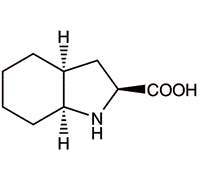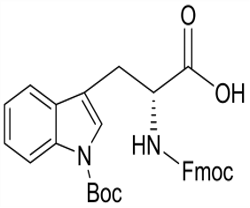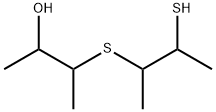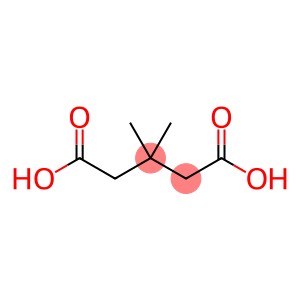(2S 3aS 7aS)-Octahydro-1H-indole -2-carboxylic Acid(CAS# 80875-98-5)
| Risk Codes | 36/37/38 – Irritating to eyes, respiratory system and skin. |
| Safety Description | S26 – In case of contact with eyes, rinse immediately with plenty of water and seek medical advice. S37 – Wear suitable gloves. |
| HS Code | 29339900 |
Introduction
(2S,3As,7As)-Octahydro-1H-indole-2-carboxylic acid, also known as octahydro-1H-indole-2-carboxylic acid, is an organic compound. The following is an introduction to its nature, use, preparation method and safety information:
Quality:
- (2S,3As,7As)-Octahydro-1H-indole-2-carboxylic acid is a white crystalline solid.
- It has an indole backbone in which the hydrogen atom is replaced by an oxygen atom to form carboxylic acids.
- It is a chiral compound with two chiral centers with four possible stereoisomers.
Use:
- It is widely used in the pharmaceutical field as a blocking protective group to control the stereoselectivity of certain chemical reactions.
- It is also used as an intermediate in the synthesis of biologically active compounds.
Method:
- (2S,3As,7As)-Octahydro-1H-indole-2-carboxylic acid can be formed by the reaction of indole synthesis with aldehyde and ketone compounds.
Safety Information:
- When using or handling (2S, 3As, 7As)-Octahydro-1H-indole-2-carboxylic acid, the safe operating procedures of chemical laboratories should be observed.
- It can have an irritating effect on the eyes, skin, and mucous membranes, and care must be taken to avoid contact.
- Use appropriate personal protective equipment such as lab gloves, lab goggles, and lab coats.
- When storing and handling the compound, follow the relevant storage and handling guidelines and avoid contact with incompatible substances.








